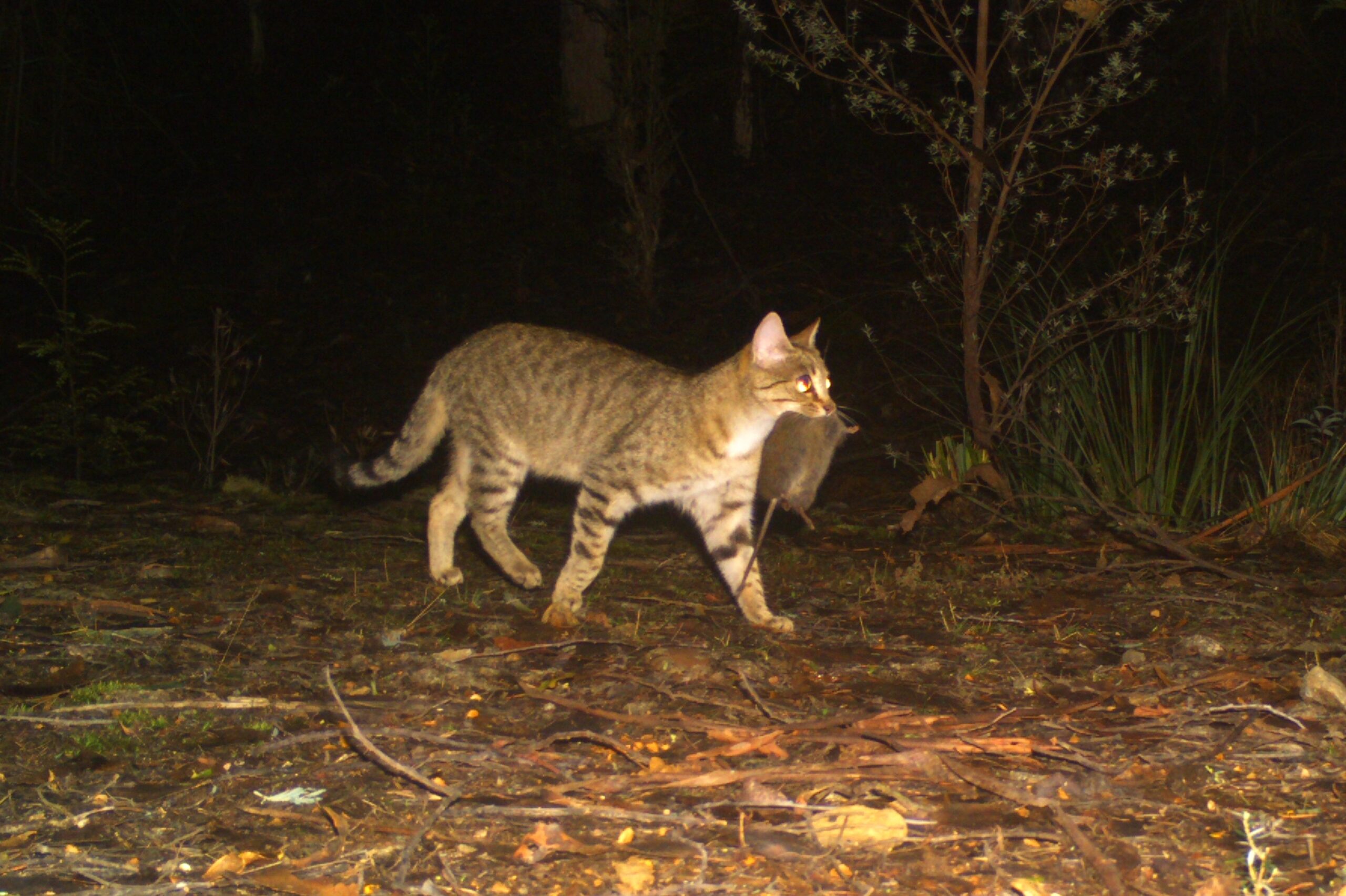Abstracts: Temporal lobe epilepsy in cats
In recent years there has been increased attention to the proposed entity of feline temporal lobe epilepsy (TLE). Epileptic discharges in certain parts of the temporal lobe elicit very similar semiology, which justifies grouping these epilepsies under one name. Furthermore, feline TLE patients tend to have histopathological changes within the temporal lobe, usually in the […]
Continue Reading

